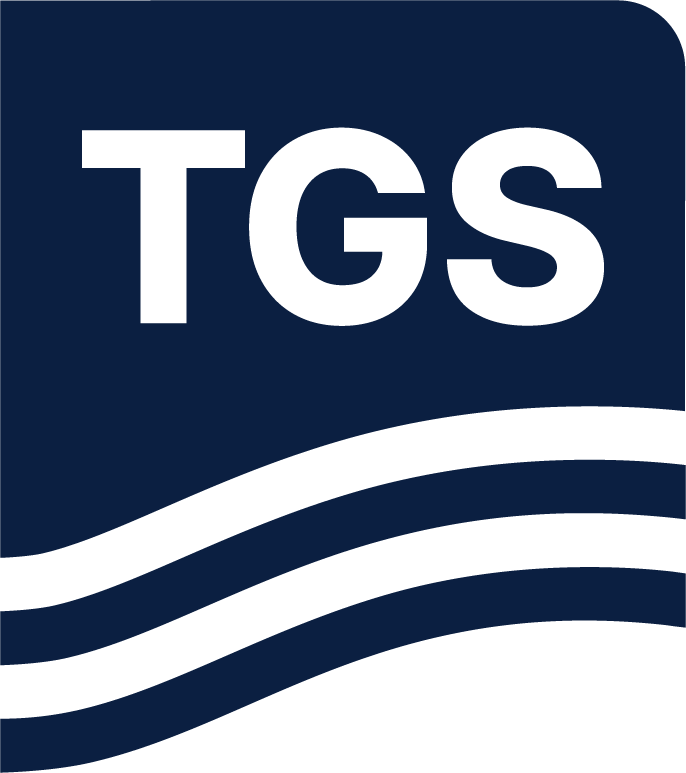Paper Summary
One of the last frontier exploration areas that remain are the basins located in the Arctic. The US
Geological Survey (2008) has estimated that the areas to the north of the Arctic Circle could hold
as many as 134 billion barrels of recoverable hydrocarbons. The East Greenland Rift Basins Province alone is estimated to contain approximately 31,400 MMBOE (USGS fact sheet 2007-3077).
While the size of the prize is immense, operators face many challenges, such as sea ice, icebergs, scarcity of data, and environmental sensitivity which can result in high finding and development costs. Therefore, exploration decisions should employ the best practices and application of tools that reduce uncertainty and lower exploration risk.
The application of potential field data as a regional screening tool for basement mapping and basin definition is well-known and seismic acquisition routinely acquires shipborne gravity and magnetic data for such purposes. Recent advances in airborne gravity gradiometry (DiFrancesco, 2009) provide explorationists with a new tool that can be successfully integrated into the exploration workflow.
In this article we will review the applicability of various potential field acquisition methods and demonstrate how the data can be integrated with 2D seismic data to provide a better geologic understanding of a frontier region such as North East Greenland. We also will provide an insight into how it is possible to integrate all available information to help unlock the exploration potential in the Arctic.

